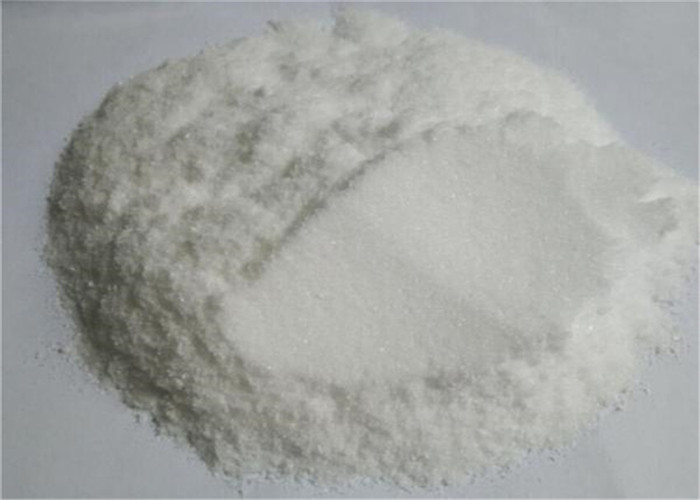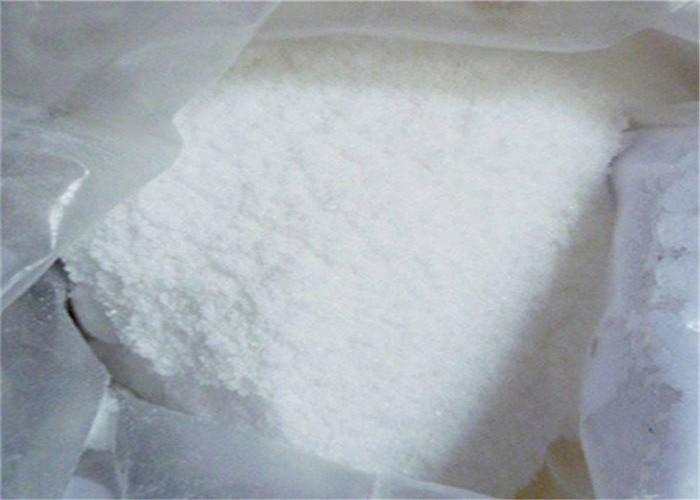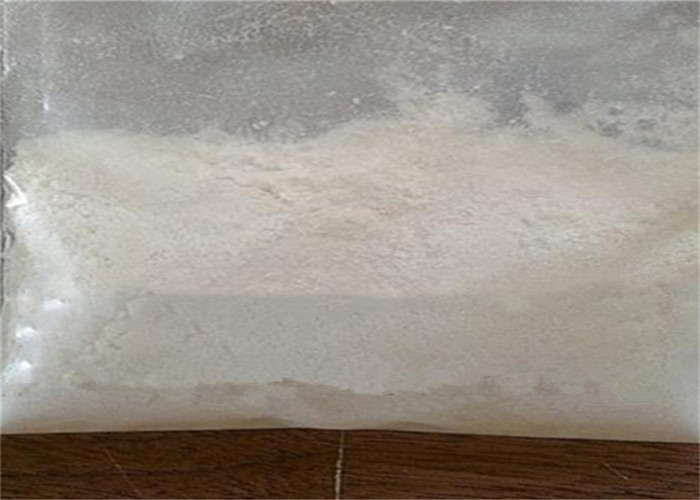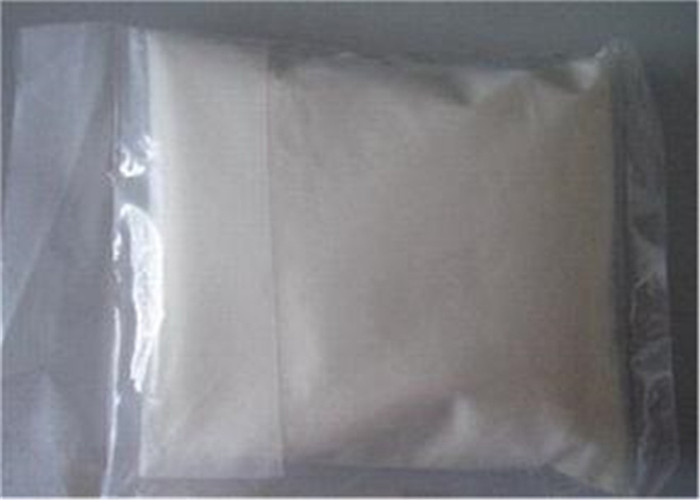| Bicalutamide Solubility |
soluble in dimethyl formamide; dissolved in tetrahydrofuran; slightly soluble in ethyl acetate and methanol; insoluble in water. |
| Determination of the content of Bicalutamide tablets by high performance liquid chromatography (HPLC) |
Using SHIMADZU CLC-ODS (150mm´6.0mm, 5μ) column. 0.1% potassium dihydrogen phosphate solution-acetonitrile (50:50) as the mobile phase, detecting at 272nm wavelength. Result: bicalutamide had a good linear relationship (r=0.9995) when the concentration in the range of 0.05mg*ml-1~0.20mg*ml-1. The average recovery was 99.5%, and RSD=0.9% (n=9 ) Conclusion: The method is simple, good accuracy and high precision. |
| Bicalutamide tablets |
Bicalutamide tablet is a non-steroidal androgen antagonist, which competes androgen receptor with the androgen, blocks cellular uptake of androgen, and inhibits the binding of androgens to the target organ. It binds with the androgen receptor that forms receptor complex, which enters the nucleus and combined with the nucleoprotein, consequently inhibiting tumor cell growth. It can be as a first-line drug for palliative treatment of advanced prostate cancer.
Dosage and administration:
Adult: adult males including the elderly: one (50mg), once a day. The treatment should be started simultaneously with LHRH analogue therapy or surgical orchiectomy.
Children: This product is contraindicated in children.
Renal impairment: The patients with renal impairment don’t need dose adjustment.
Hepatic impairment: The patients with mild liver damage don’t need dose adjustment, while the patients with severe liver damage may occur drug accumulation (see precautions).
Precautions:
This product is widely metabolized in the liver. Data show that patients with severe liver damage may slow down drug clearance, which may lead to accumulation. So the patients with moderate and severe liver injury should use it with caution.
The patients may appear liver changes by using it, so it should be considered regular liver function tests. The main changes generally appear within the first 6 months of treatment using this product.
Severe changes in liver function are rarely visible in the treatment of the product (see Adverse Reactions). If there is a serious change in treatment using this product, it should be discontinued.
This product is shown to inhibit the activity of cytochrome P450 (CYP3A4). When combined with drugs metabolised mainly by CYP3A4, the patients should be caution (see Contraindications and Drug Interactions).
Pregnancy and lactation: This product is contraindicated in women, especially for pregnant women or nursing mothers.
Effect on driving and operating machinery ability: This product does not affect the ability of patients of driving and operating the machine.
The above information is edited by the chemicalbook of Kui Ming. |
| Adverse reaction |
Pharmacological effects of this product caused certain expected reactions, including flushing, itching, in addition to breast tenderness and feminization of male breast, which can alleviate with orchiectomy. This product may also cause diarrhea, nausea, vomiting, fatigue and dry skin.
Liver function changes (elevated levels of transaminases, jaundice) have been observed in clinical trials of this product, but there were rare serious changes. These changes are often short-lived. The changes then gradually subsided or improved whether to continue treatment or discontinuation of treatment. Patients receiving treatment of this product were very rare liver failure, and its causal relationship has not been established. Regularly check liver function should be considered. (See precautions).
During clinical studies, using this product with LHRH analogues, the following side effects were also observed (clinical investigaters thought it may be related to it and drug-related incidence greater than 1%). Side effects associated with the use of these drugs are no causal relationship, and some of them are daily inherent in the elderly.
Cardiovascular system: heart failure
Digestive system: anorexia, dry mouth, indigestion, constipation, flatulence.
Central nervous system: dizziness, insomnia, somnolence, decreased sexual drive.
Respiratory system: dyspnea.
Urogenital system: impotence, nocturia.
Hematology: anemia.
Skin and its appendages: alopecia, rash, sweating, hirsutism.
Metabolism and nutrition: diabetes, hyperglycemia, peripheral edema, increased or decreased body weight.
Torso: abdominal pain, chest pain, headaches, pelvic pain, chills.
Contraindications:
Contraindicated in women and children.
Can not be used in patients with allergy to the chemicals.
This product can’t use combination with terfenadine, astemizole, or cisapride. |
| Chemical properties |
Crystallization from 1: 1 (by volume) of ethyl acetate and petroleum ether. Melting point is 191~193 ℃. |
| Uses |
V1 taking anti-androgens drug. Prostate cancer therapeutic agents for the treatment of advanced prostate cancer. |
| Producing method |
methyl methacrylate epoxidized to form epoxide,and then in the presence of sodium hydride reacted with fluorothiophenol to form the compound ,followed by oxidation to form compound. Then hydrolyzed to the acid,with thionyl chloride chloride as acid chloride.And finally condensation with 4-cyano-3-trifluoromethyl-aniline to obtain the product. |
| Chemical Properties |
Off-White Crystalline Solid |
| Uses |
adrenocortical suppressant, antineoplastic, steroid biosynthesis inhibitor |
| Uses |
Non-steroidal peripherally active antiandrogen. Used as an antiandrogen, antineoplastic (hormonal) |
| Definition |
ChEBI: A sulfone that is an oral non-steroidal antiandrogen used in the treatment of prostate cancer and hirsutism. |
| Biological Activity |
Orally active non-steroidal androgen receptor antagonist (IC 50 = 190 nM). Displays peripheral selectivity and does not effect serum levels of LH and testosterone. Exhibits potent anticancer activity in vivo . |














 Sales Manager
Sales Manager